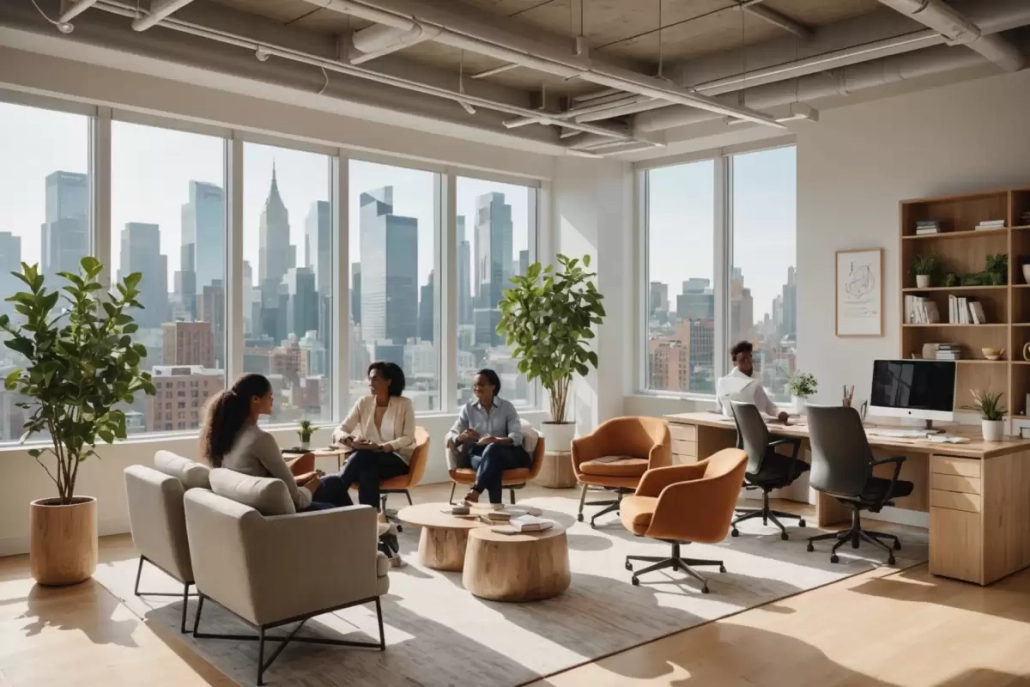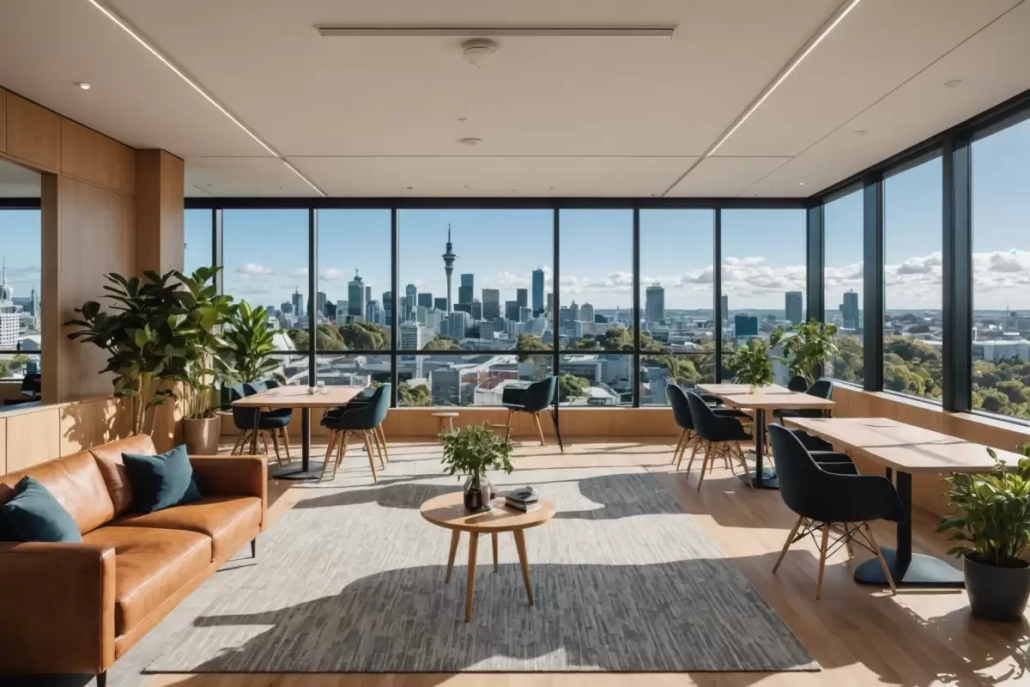In the vibrant tapestry of life, where connections are the threads that weave our stories together, the art of networking stands as a timeless skill. Whether you’re a budding entrepreneur or a seasoned business magnate, the power of a well-timed handshake or a serendipitous conversation can’t be overstated. In a world that often feels dominated by digital interactions, the value of face-to-face networking is more crucial than ever. So, what makes networking events the secret sauce to business success, and how can you harness this power to propel your career forward?
The Human Element in Business
In an era where emails, texts, and social media reign supreme, the human touch can sometimes feel like a relic of the past. Yet, it’s precisely this personal interaction that can transform a business relationship from transactional to transformational. Networking events offer a unique opportunity to meet people in a relaxed, yet professional environment, where the barriers of formal business settings are lowered. This is where the magic happens—where you can read subtle body language, share a laugh, or even bond over shared experiences. Ever found yourself in a conversation that just flows effortlessly? That’s the human element at work.
Building Authentic Relationships
Networking isn’t just about collecting business cards or LinkedIn connections; it’s about building authentic relationships. Think of it as planting seeds—each conversation a potential seedling that, with care and attention, can grow into a fruitful partnership. But how do you ensure these seeds flourish? It starts with genuine interest. Ask questions that go beyond the surface, listen actively, and remember details about the people you meet. This not only shows respect but also lays the foundation for a lasting connection. After all, people are more likely to do business with someone they trust and relate to.
The Ripple Effect of Networking
One of the most exciting aspects of networking is its ripple effect. A single introduction can lead to a cascade of opportunities. Imagine meeting someone who introduces you to a potential client, who then connects you with a collaborator, and so on. This domino effect is what makes networking such a powerful tool for business growth. It’s not just about who you know, but who they know, and the endless possibilities that can unfold. Have you ever experienced this ripple effect firsthand? It’s like watching a small stone create waves across a vast lake.
Embracing the Unexpected
Networking events are full of surprises. You never know who you might meet or what opportunities might arise. This unpredictability is what makes these events so exhilarating. It’s important to approach them with an open mind and a willingness to embrace the unexpected. Sometimes, the most valuable connections come from the most unlikely places. So, next time you’re at a networking event, don’t just stick to familiar faces—venture out, start conversations with strangers, and see where it leads. Who knows, your next big idea or partnership might be just a conversation away.
For those looking to dive deeper into the world of networking, The Crate’s blog post on Discover the Impact of Networking Events Auckland on Your Business Growth offers insightful perspectives on how networking can transform your business. Their unique approach to fostering connections through “The Gathering” provides a fresh take on how to make the most of these opportunities. If you’re curious about how networking can truly impact your career, it’s definitely worth a read.
Navigating the Networking Landscape
To truly excel at networking, it’s essential to navigate the landscape with both strategy and authenticity. Start by setting clear goals for what you want to achieve from each event. Is it to find potential clients, partners, or simply to learn from others in your industry? Having a clear purpose will guide your interactions and help you make the most of your time. Additionally, don’t forget the power of follow-up. A simple message or email after the event can solidify a connection and open the door to future collaborations.
Networking is an art, and like any art, it takes practice to master. But with each event, each conversation, and each connection, you’re honing your skills and expanding your horizons. So, the next time you find yourself at a networking event, remember to be present, be genuine, and most importantly, be open to the endless possibilities that await.
For further reading on how to enhance your networking skills, check out this comprehensive guide on effective networking strategies. It’s packed with practical tips and insights that can help you navigate the networking world with confidence and finesse.




